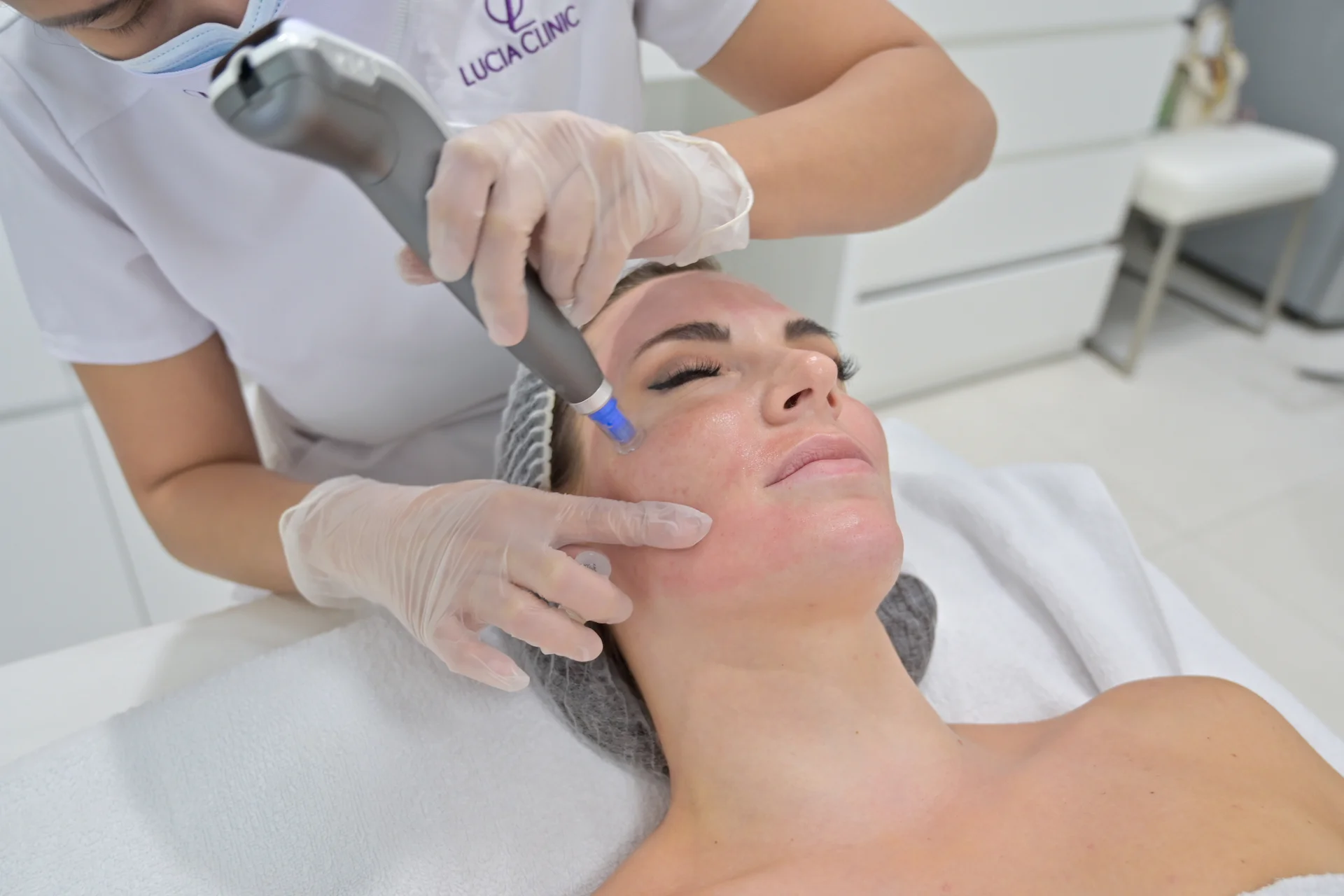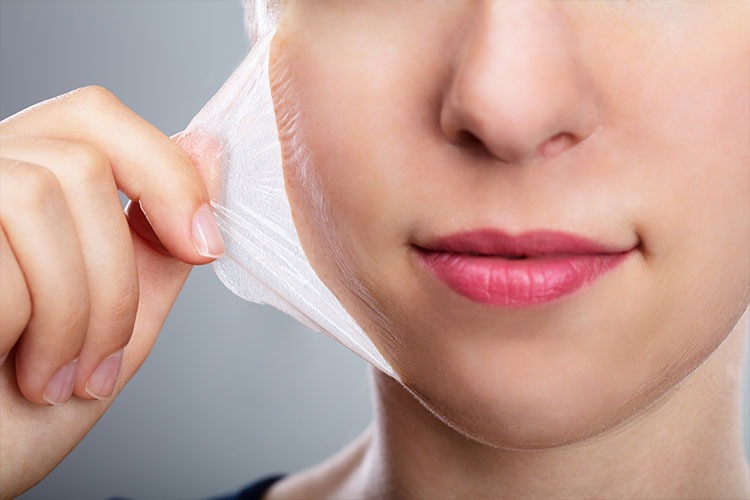
Therapr Team
Microneedling has emerged as a go-to skincare treatment for people seeking rejuvenated, glowing skin without surgery. This non-surgical cosmetic procedure uses fine needles to create micro-injuries in the skin, prompting your body’s natural healing response. The result? Firmer, smoother, and more radiant skin. While it may sound intimidating, microneedling is safe, effective, and well-tolerated when performed by a trained professional.
Also known as collagen induction therapy, microneedling involves the use of a device fitted with tiny, sterile needles that puncture the skin in a controlled way. These micro-injuries stimulate the production of collagen and elastin, two essential proteins that help keep the skin firm, plump, and youthful. It can be done manually with a dermaroller or using a mechanical pen-like device.
Reduces Fine Lines and Wrinkles
Microneedling promotes collagen production, which helps reduce signs of aging and restores skin elasticity.
Improves Skin Texture and Tone
The skin looks smoother and more even, especially for those with acne scars or enlarged pores.
Fades Acne Scars and Hyperpigmentation
The treatment is particularly effective at breaking down scar tissue and reducing dark spots caused by sun damage or hormonal changes.
Enhances Absorption of Skincare Products
After microneedling, the skin is more receptive to topical treatments, allowing serums and creams to penetrate deeper and work more effectively.
Microneedling is suitable for all skin types and tones. It’s ideal for those struggling with:
However, it may not be recommended for individuals with active acne, eczema, or other inflammatory skin conditions.
A typical session lasts between 30 to 60 minutes. Here's how it usually goes:
While at-home dermarollers exist, professional microneedling goes deeper and is more effective. Home treatments are milder and carry a higher risk of infection if not done correctly. For best results and safety, professional sessions are highly recommended.
Microneedling is generally safe, especially when performed in a clean, clinical setting. However, possible side effects include:
These effects usually subside within a few days.
Most professionals recommend a series of 3–6 treatments spaced about 4–6 weeks apart for optimal results. Maintenance sessions may be done every 3–6 months depending on your skin goals.
Microneedling can be combined with other treatments like:
Always consult your provider before combining treatments.
Microneedling is a powerful, non-invasive procedure that stimulates your skin’s natural ability to repair and regenerate. Whether you're tackling fine lines, acne scars, or just want a radiant glow, microneedling offers a safe and effective solution with minimal downtime. As always, make sure to consult a qualified professional to assess your skin and determine the best approach.
Author profile
Read more articles by Therapr Team.


Get the latest wellness insights delivered to your inbox.
Subscribe to Newsletter